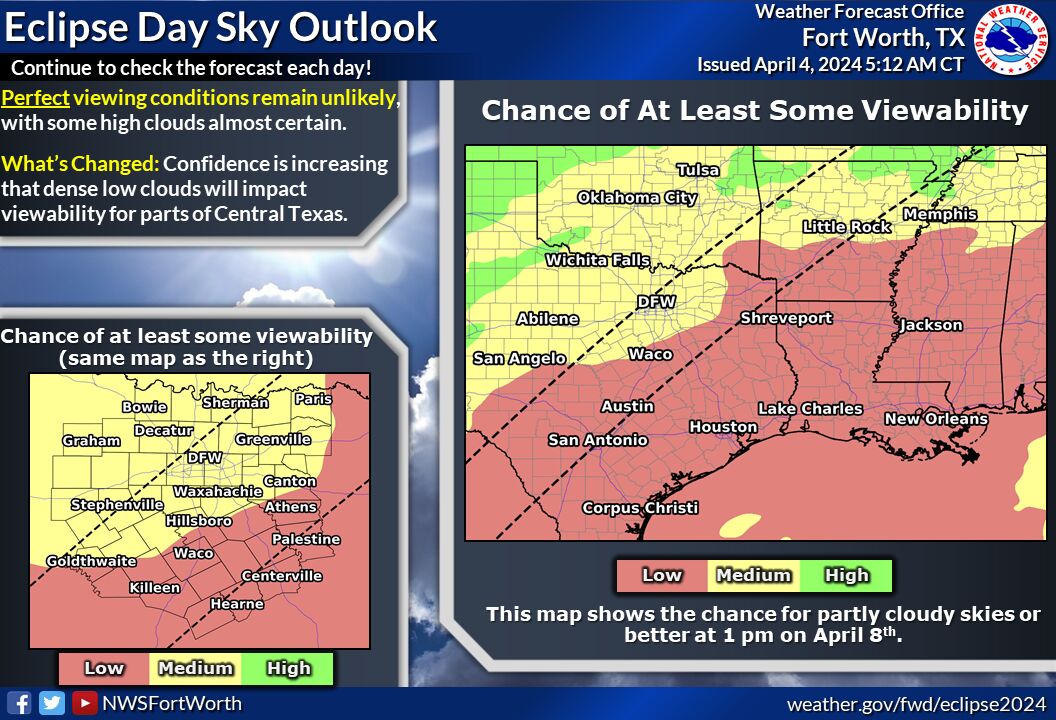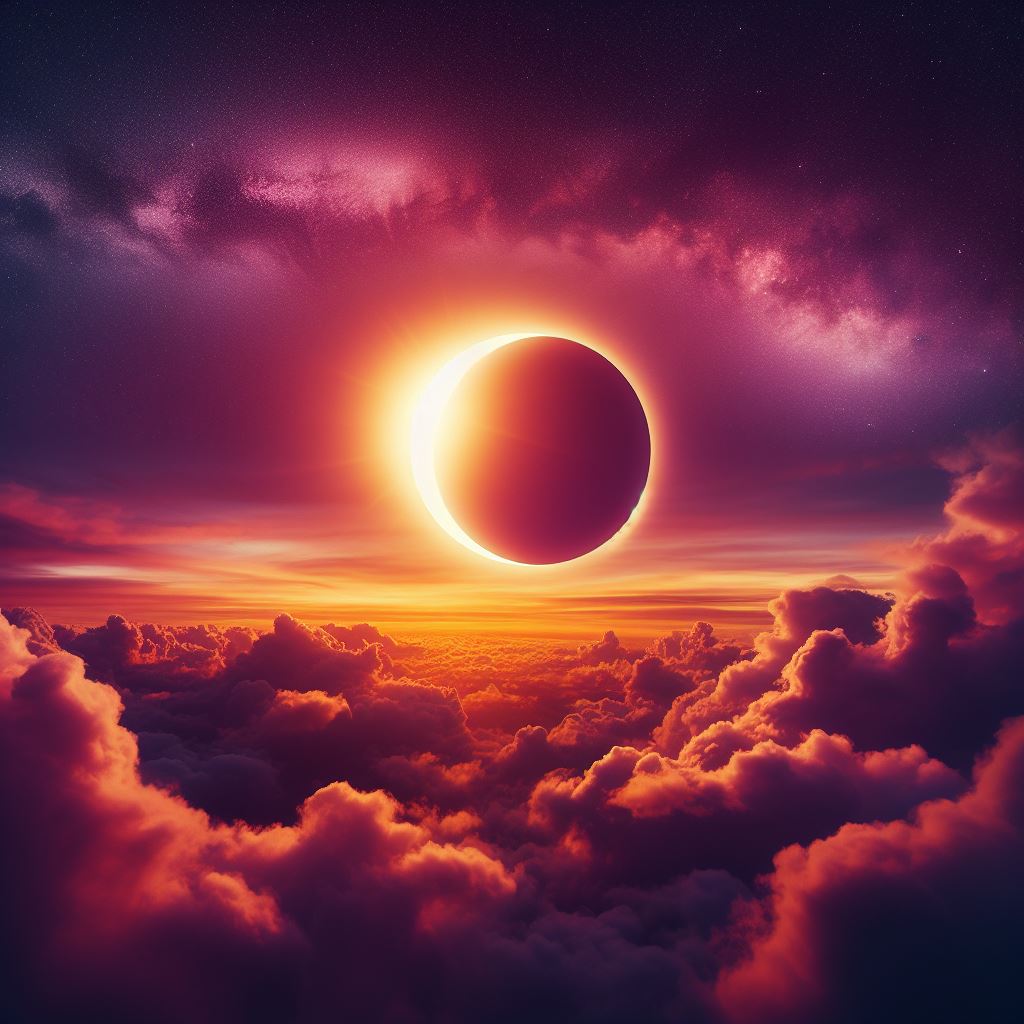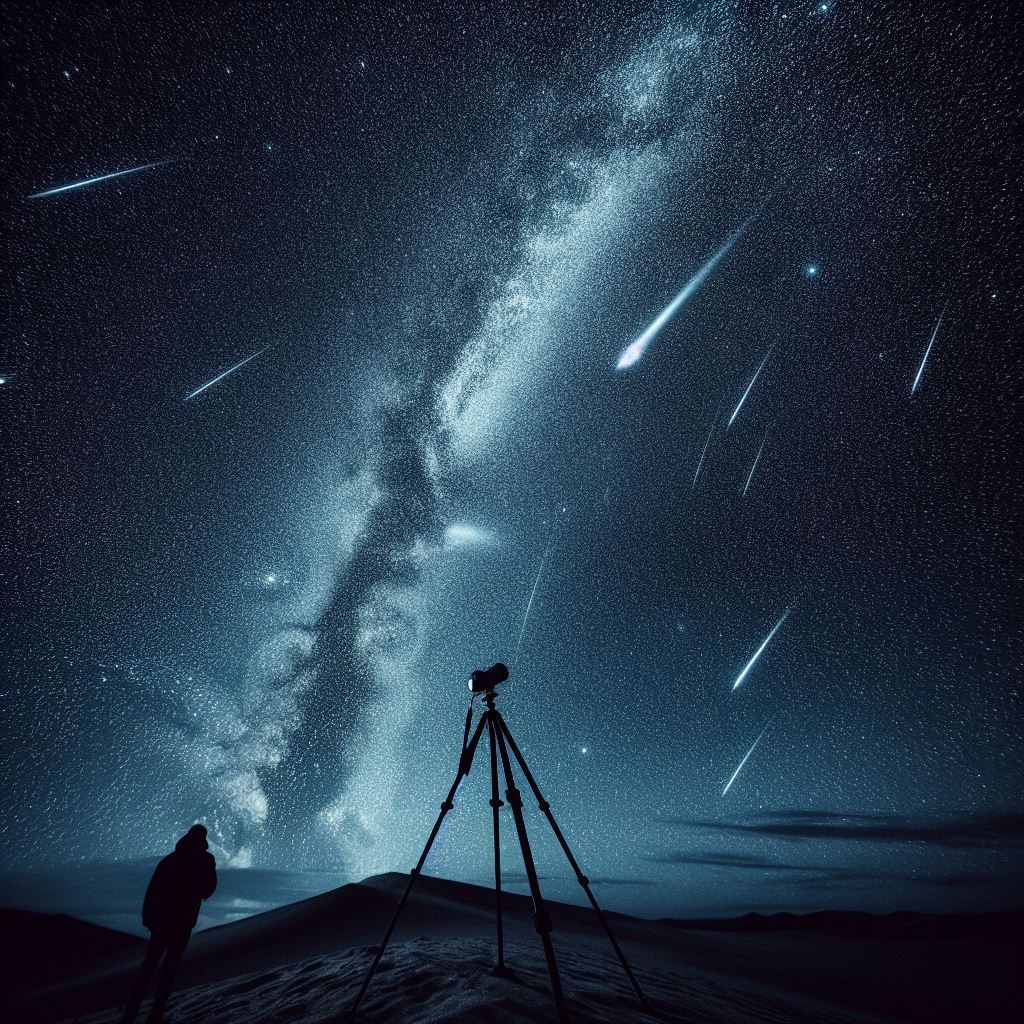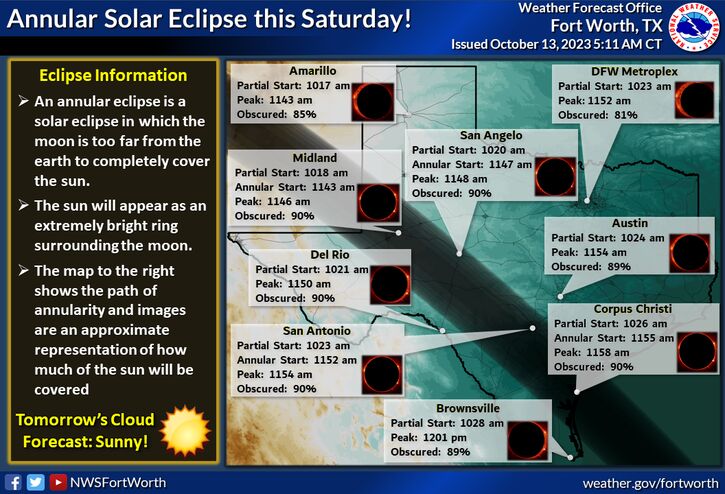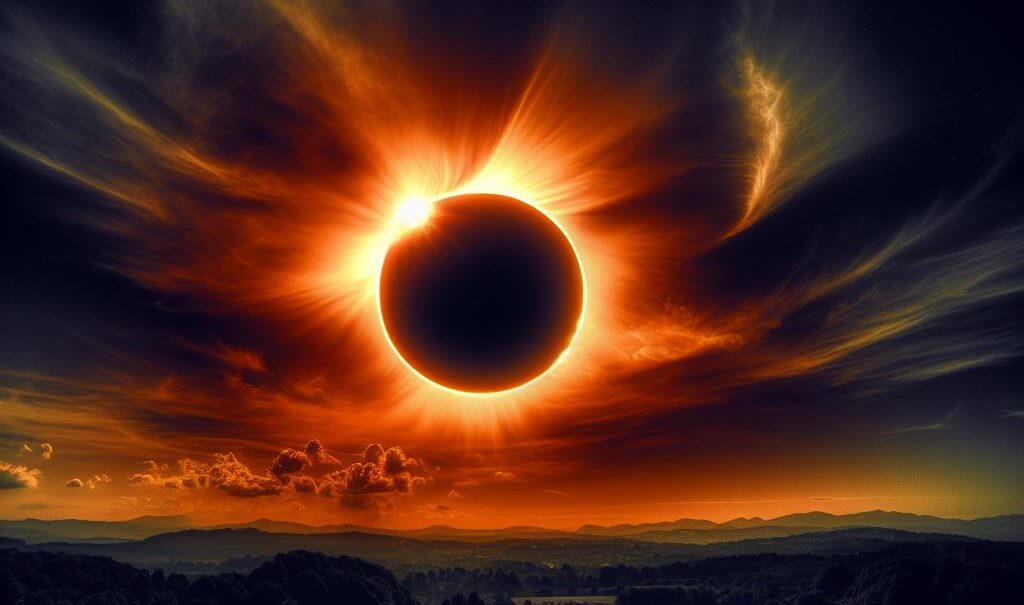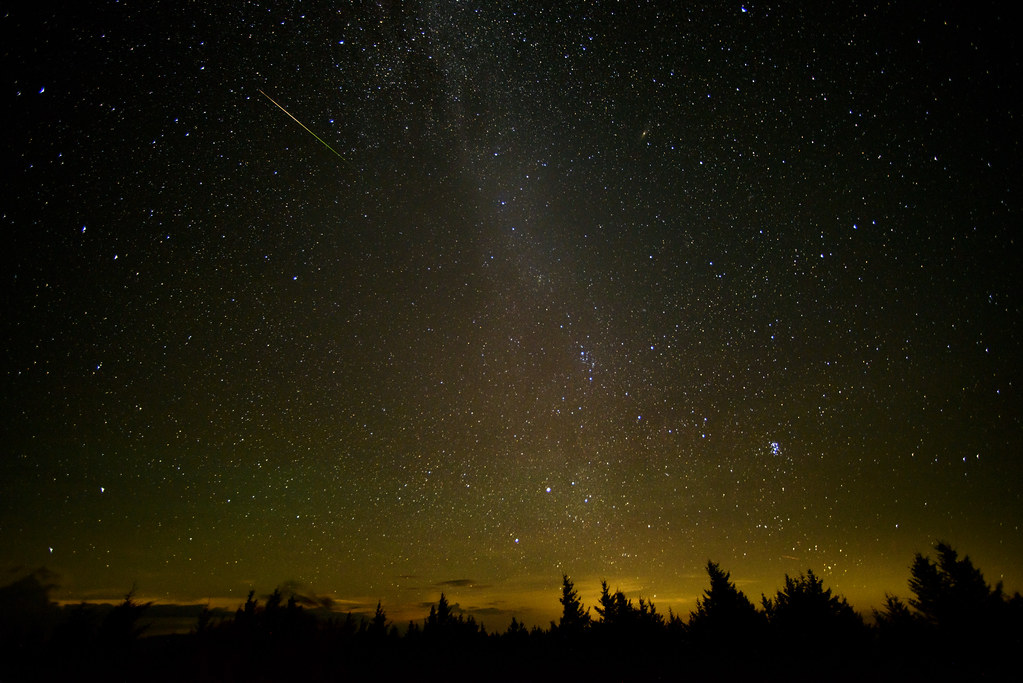
Aurora Forecast
Tonight’s Aurora Forecast
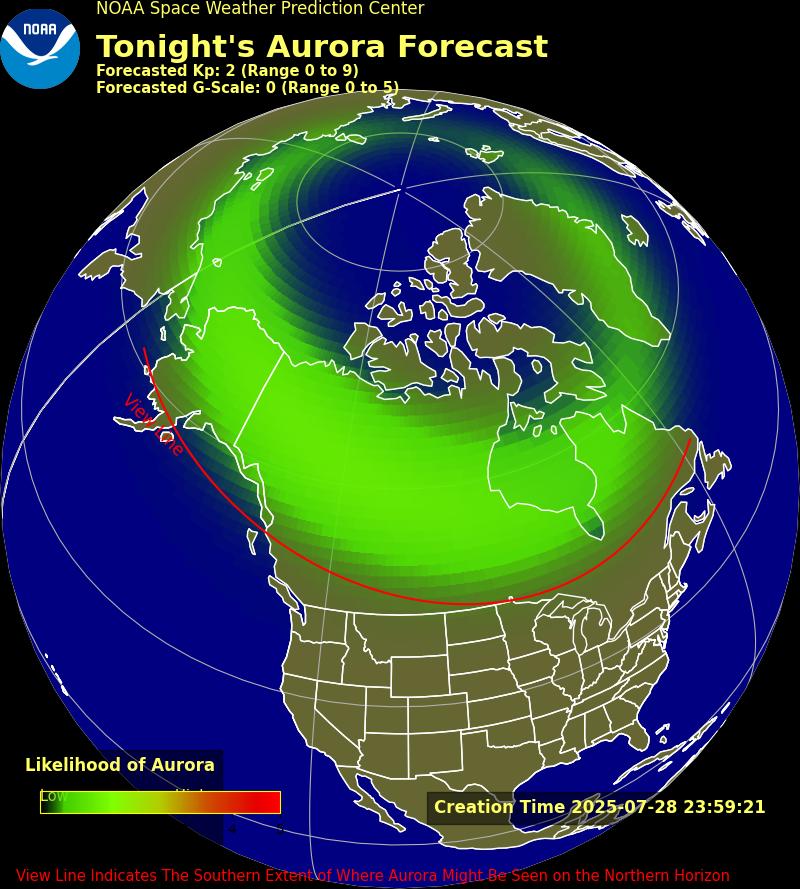
Tomorrow’s Aurora Forecast
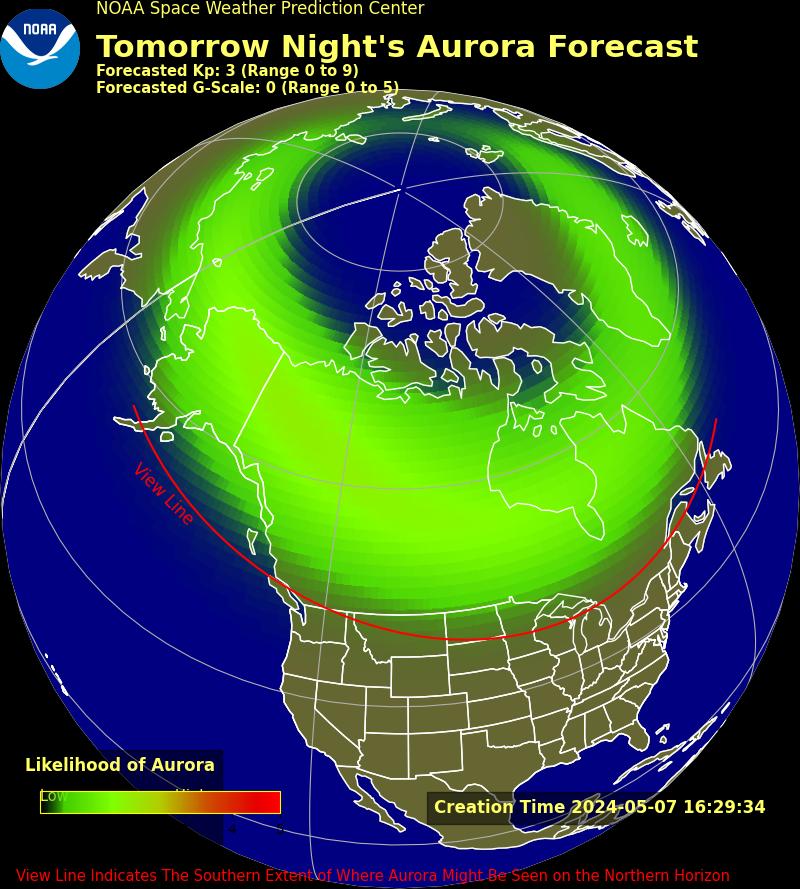
Astronomical Events Calendar 2024
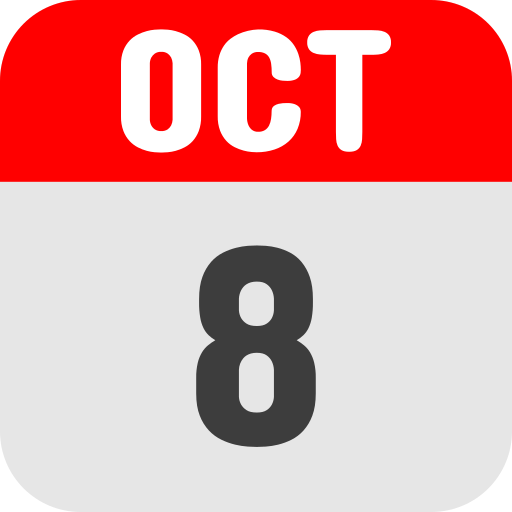 Draconid Meteor Shower
Draconid Meteor Shower
The Draconid meteor shower, also sometimes known as the Giacobinids, is one of the two meteor showers to annually grace the skies in the month of October.
Date: October 6-10
Peak Date: October 8
Time: Sun 7:00 PM – Monday 4:00 AM
Direction: 333° NW
Meteors Per Hour: 10
Terrible Viewing
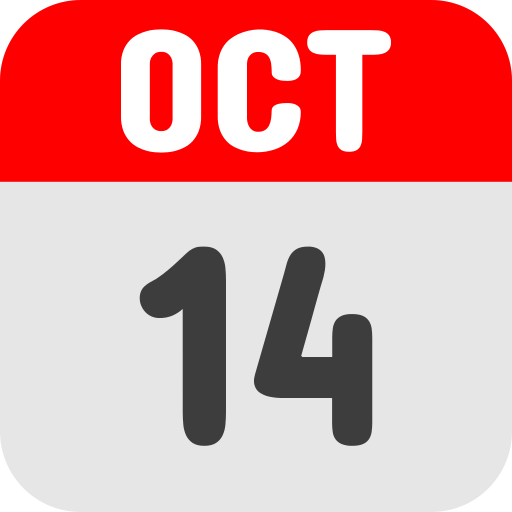 Annual Solar Eclipse
Annual Solar Eclipse
The annual Solar Eclipse happens once a year in the United States and this year DFW will experience a partial 85% eclipse.
Date: October 14
Time: Starts at 10:23 AM | Highest Coverage at 11:52 AM | Ends at 1:29 PM
Coverage Amount: 85%
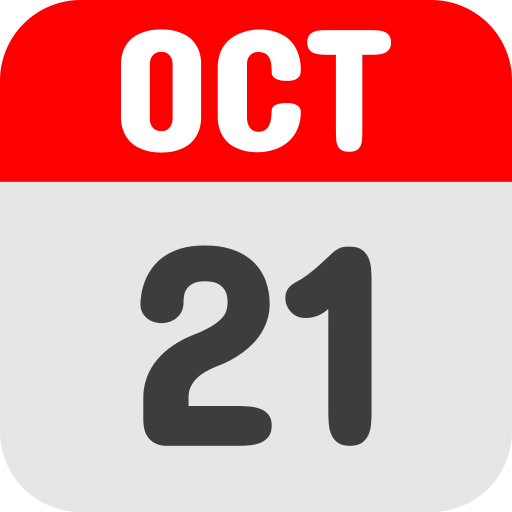 Orionids Meteor Shower
Orionids Meteor Shower
The Orionid meteor shower is the second meteor shower created by Comet Halley. The Eta Aquarids in May is the other meteor shower created by debris left by Comet Halley.
Date: October 2 – November 7
Peak Date: October 21
Time: Wednesday 12:00 AM – Wednesday 7:00 AM
Direction: 76° E – 212° SW
Meteors Per Hour: 20
Poor Viewing
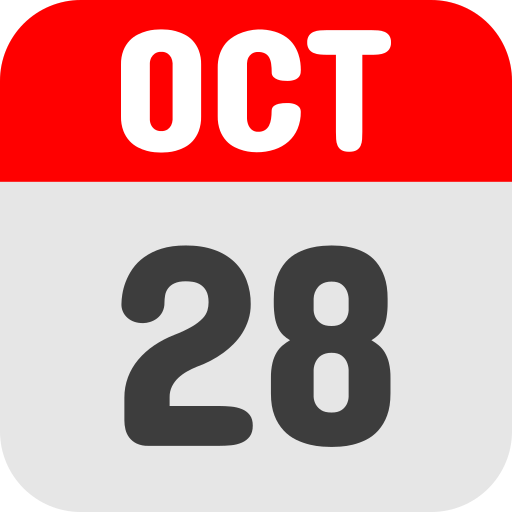 Hunter’s Moon
Hunter’s Moon
October’s Full Moon is the Hunter’s Moon. It is also called Drying Rice Moon, and sometimes Blood Moon or Sanguine Moon. The moon will appear as a bright orange immediately after moonrise.
Date: October 28
Time: Saturday 6:36 PM – Sunday 7:32 AM
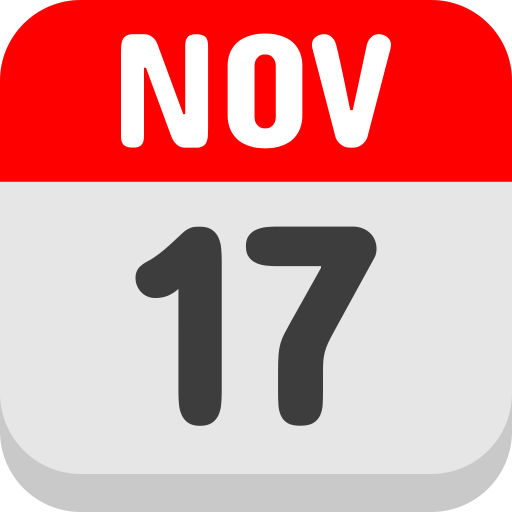 Leonids Meteor Shower
Leonids Meteor Shower
The Leonids occur when the Earth passes through the debris left by Comet Tempel-Tuttle. The comet takes around 33 years to make one orbit around the Sun.
Date: November 6-30
Peak Date: November 17-18
| Time | Direction | Altitude |
|---|---|---|
| Fri 12:00 midnight | 65° | 2.5° |
| Fri 1:00 am | 72° | 14.0° |
| Fri 2:00 am | 79° | 26.2° |
| Fri 3:00 am | 87° | 38.7° |
| Fri 4:00 am | 95° | 51.3° |
| Fri 5:00 am | 107° | 63.7° |
| Fri 6:00 am | 131° | 74.8° |
| Fri 7:00 am | 194° | 79.1° |
Meteors Per Hour: 10
Poor Viewing
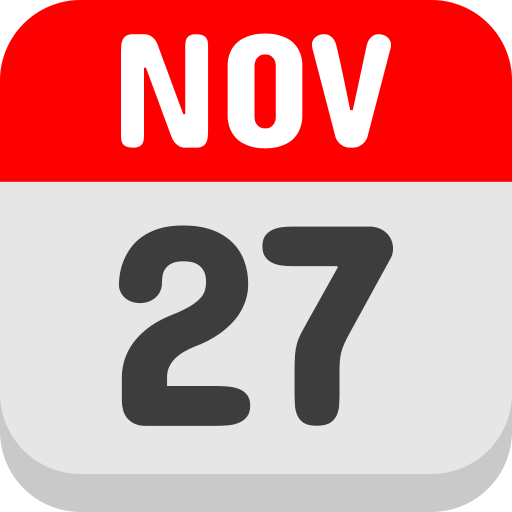 Beaver Moon
Beaver Moon
The Full Moon in November is named after beavers who build their winter dams at this time of year. It is also called Frost Moon and Mourning Moon, depending on the winter solstice.
Date: November 27
Time: Monday 5:41 PM – Tuesday 7:03 AM
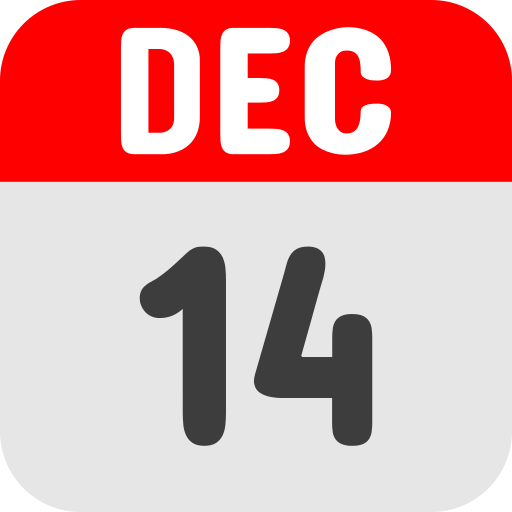 Geminids Meteor Shower
Geminids Meteor Shower
The Geminids are considered to be one of the most spectacular meteor showers of the year, with the possibility of sighting around 120 meteors per hour at its peak, which is on December 13 or 14, depending on your time zone. The shower owes its name to the constellation Gemini because the meteors seem to emerge from this constellation in the sky.
Date: December 4 – 20
Peak Date: December 14
| Time | Direction | Altitude |
|---|---|---|
| Thu 7:00 pm | 52° | 2.4° |
| Thu 8:00 pm | 59° | 12.6° |
| Thu 9:00 pm | 65° | 23.7° |
| Thu 10:00 pm | 70° | 35.3° |
| Thu 11:00 pm | 75° | 47.4° |
| Fri 12:00 midnight | 80° | 59.7° |
| Fri 1:00 am | 84° | 72.1° |
| Fri 2:00 am | 87° | 84.7° |
| Fri 3:00 am | 273° | 82.7° |
| Fri 4:00 am | 277° | 70.1° |
| Fri 5:00 am | 281° | 57.7° |
| Fri 6:00 am | 285° | 45.4° |
| Fri 7:00 am | 290° | 33.4° |
Meteors Per Hour: 150
Excellent Viewing
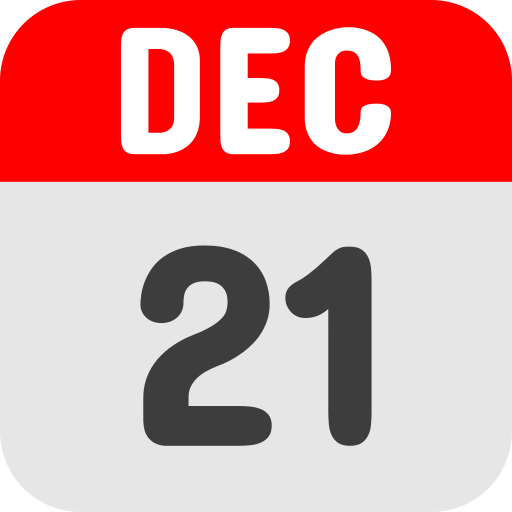 Winter Solstice
Winter Solstice
There are two solstices every year: one in December and one in June. The December solstice marks the shortest day north of the equator and the longest day in the south.
Date: December 21
Time: Thursday 9:27 PM
Day Length: 9:58:20 Hours
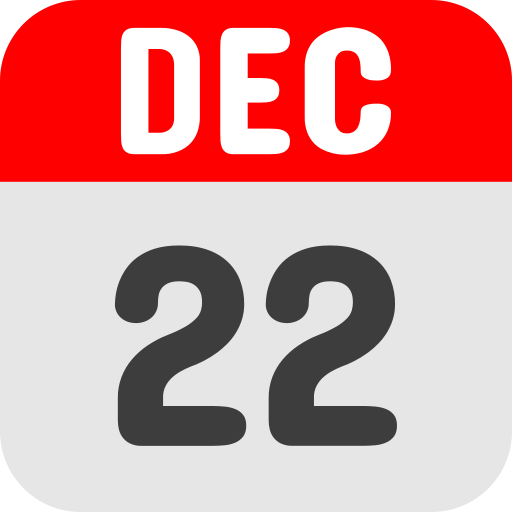 Ursides Meteor Shower
Ursides Meteor Shower
The shower is named the Ursids because the meteors seem to radiate from the direction of the constellation Ursa Minor in the sky. The Ursids are associated with the 8P/Tuttle comet.
Date: December 17-26
Peak Date: December 22
| Time | Azimuth/Direction | Altitude |
|---|---|---|
| Fri 5:00 pm | 347° | 24.7° |
| Fri 6:00 pm | 350° | 22.2° |
| Fri 7:00 pm | 353° | 20.3° |
| Fri 8:00 pm | 357° | 19.2° |
| Fri 9:00 pm | 1° | 18.9° |
| Fri 10:00 pm | 4° | 19.5° |
| Fri 11:00 pm | 8° | 20.8° |
| Sat 12:00 midnight | 11° | 22.9° |
| Sat 1:00 am | 14° | 25.7° |
| Sat 2:00 am | 16° | 28.9° |
| Sat 3:00 am | 17° | 32.4° |
| Sat 4:00 am | 17° | 36.0° |
| Sat 5:00 am | 15° | 39.5° |
| Sat 6:00 am | 13° | 42.7° |
| Sat 7:00 am | 9° | 45.1° |
Meteors Per Hour: 10
Poor Viewing
